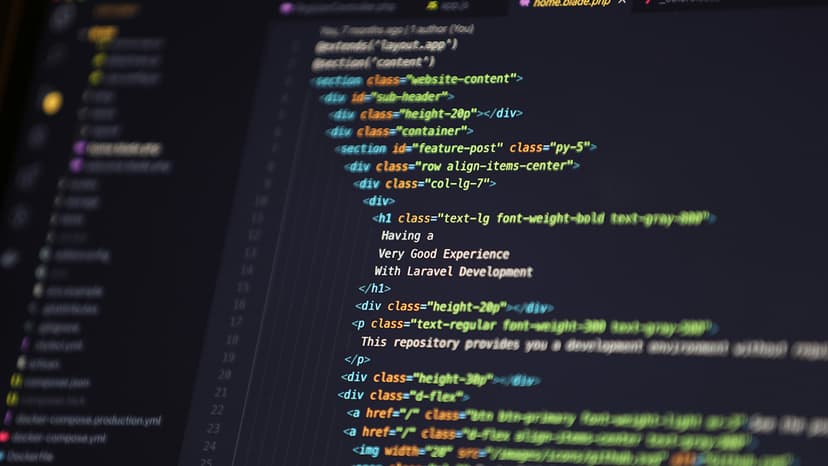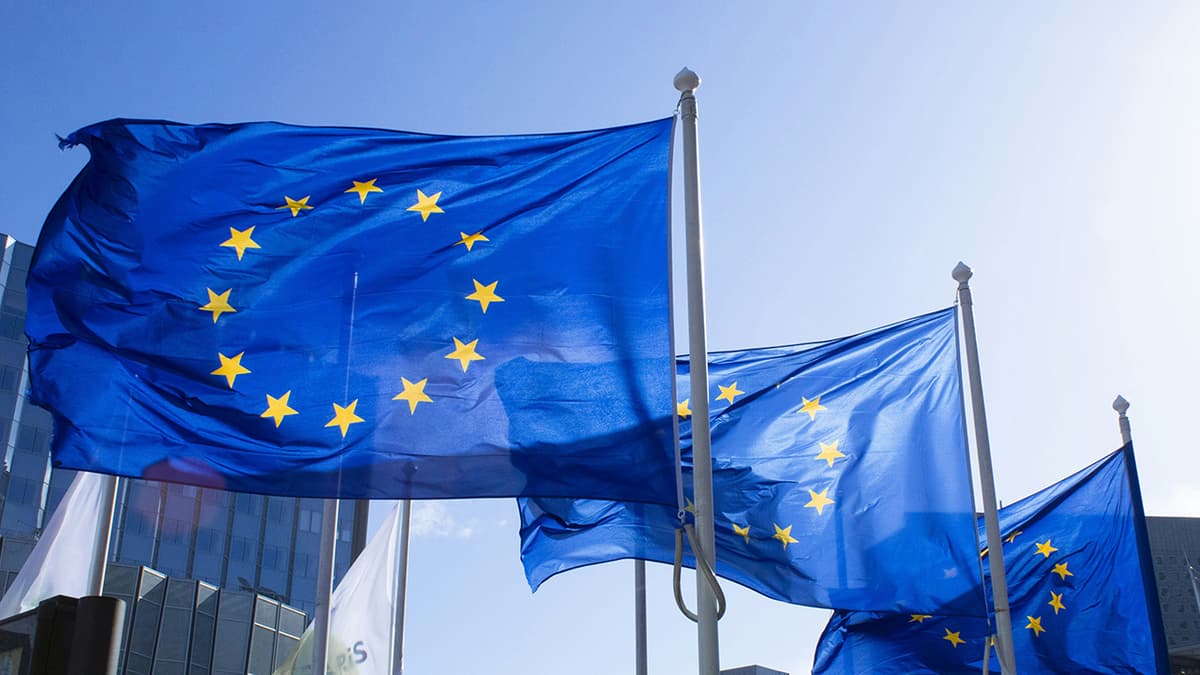Understanding Student Loan Forgiveness
In the arena of higher education, the towering pillars of student loans often cast long shadows over the bright future graduates dream about. The concept of student loan forgiveness is a beacon of hope for many burdened by the weight of their educational debts. But what exactly is the logic behind this concept, and why can't governments simply make all the loans disappear? To unravel this, let's embark on a journey to comprehend the complexities behind student loan forgiveness.
The Rationale for Forgiveness
Student loan forgiveness is predicated on the idea that education is not merely a personal investment but a societal good. Well-educated citizens can contribute more effectively to the economy, engage in civic activities, and support overall community development. Forgiveness programs often aim to encourage students to enter professions that may be vital to society but aren't necessarily the most lucrative, such as teaching, social work, or public interest law.
By providing the potential for loan forgiveness, governments and policy makers hope to lower the barrier to entry for individuals who might shy away from higher education due to financial constraints. It's a way of equalizing opportunities and ensuring that people from all economic backgrounds can pursue their academic and professional ambitions.
Targeted Forgiveness vs. Blanket Approaches
When we talk about forgiving student loans, there's a need to distinguish between targeted forgiveness and a blanket approach. Targeted forgiveness means wiping out debt for specific groups under particular conditions. This often involves setting up programs where borrowers must meet certain criteria, such as working in a public service job for a number of years, to qualify for forgiveness.
A blanket approach to forgiveness would mean canceling all student debt, regardless of the borrower's situation. The main issue with this is cost. Forgiving all student loans would be an enormous financial undertaking. In the United States, for example, student loan debt reached a staggering 1.6 trillion dollars. That's not the kind of cash lying around in government couch cushions.
Why Not Forgive All Student Loans?
If student loan forgiveness is so beneficial, why can't governments forgive all loans? It boils down to several intertwined factors:
1. Economic Considerations
Governments must balance the books. There are budget constraints and priorities to consider, like healthcare, defense, and infrastructure. Student loan forgiveness might compete with other necessary social programs for funding.
2. Moral Hazard
There's a concern about moral hazard — if people believe their loans might be forgiven in the future, they may borrow more than they need or can afford, under the assumption that they won't have to pay it back. This could lead to more reckless borrowing behavior, potentially inflating the cost of education even further and exacerbating the problem.
3. Fairness & Equity
What about those who scrimped and saved to pay off their loans or chose a less expensive college to avoid debt? There's a considerable debate about whether it's fair to forgive the student debt of some while others received no such help. Similarly, what about future students? If debt is wiped out now, it doesn't solve the problem for upcoming generations.
4. Long-Term Solutions
Forgiveness doesn't address the root problem: the high cost of education. Without tackling this, the debt cycle is bound to continue. The aim is to make education more affordable in the first place, which requires comprehensive reform of higher education funding models.
Threading the Needle
The logic behind the selective approach to student loan forgiveness is about finding a balance — helping those in need without causing unintended negative consequences. Policies must be sustainable, equitable, and provide an incentive structure that aligns with the values of society.
Authorities must decide the most effective way to support students and graduates that encourage education for all, supply the workforce with skilled individuals, while also taking into account the financial implications and ensuring the fair distribution of public resources.
Student loan forgiveness might seem like a silver bullet to the ever-growing challenge of educational debt, but the reality is more nuanced. Governments have to weigh the benefits against the potential downsides and the fiscal realities of sweeping forgiveness policies. Through careful planning and targeted programs, the goal is to lighten the load of student debt while maintaining a healthy economy and promoting responsible borrowing.
As we continue to navigate the complex waters of student loans and higher education financing, thoughtful conversations and creative solutions are essential to find an equitable and sustainable path forward. The task is not a simple one, but it's crucial to the financial health and intellectual wealth of nations.












